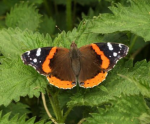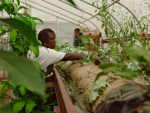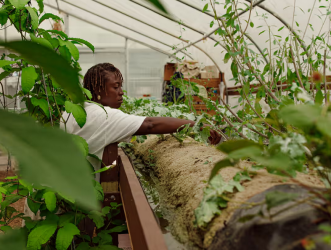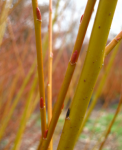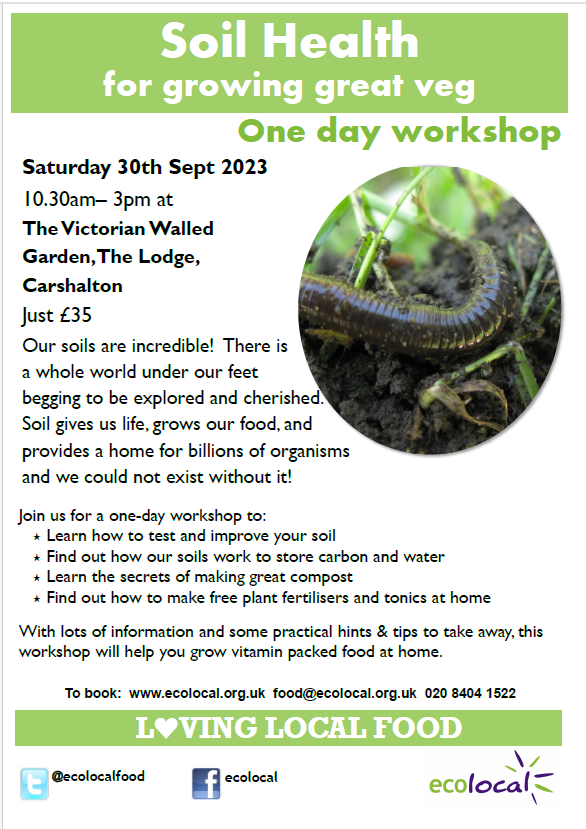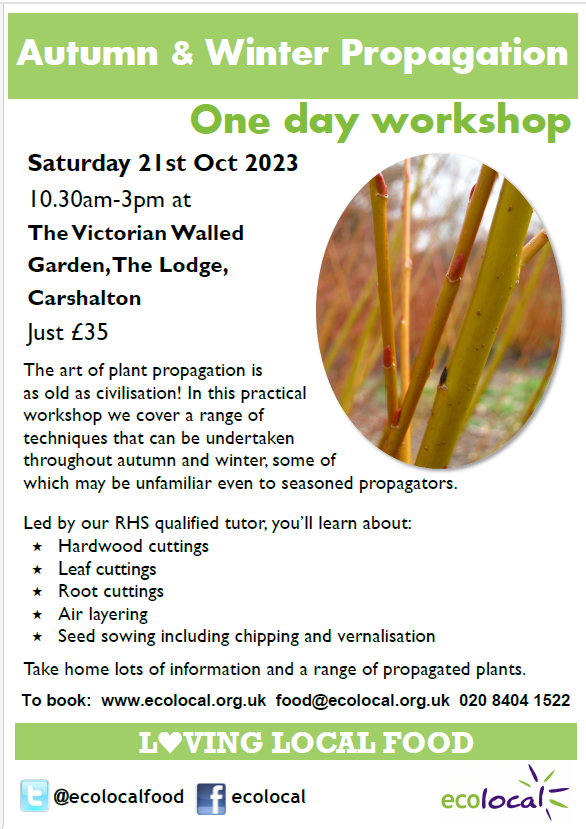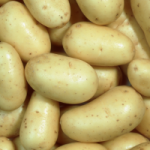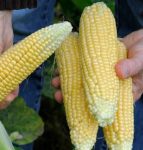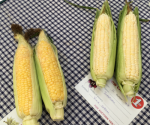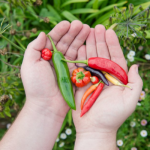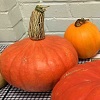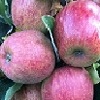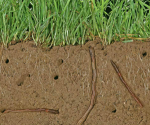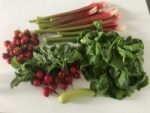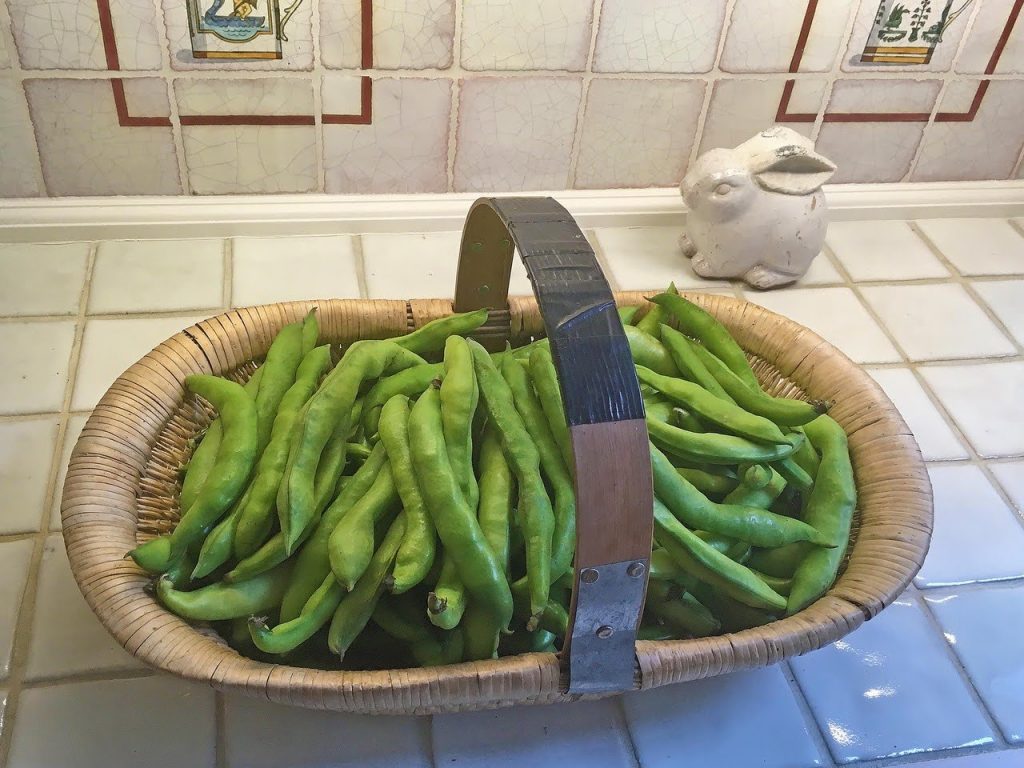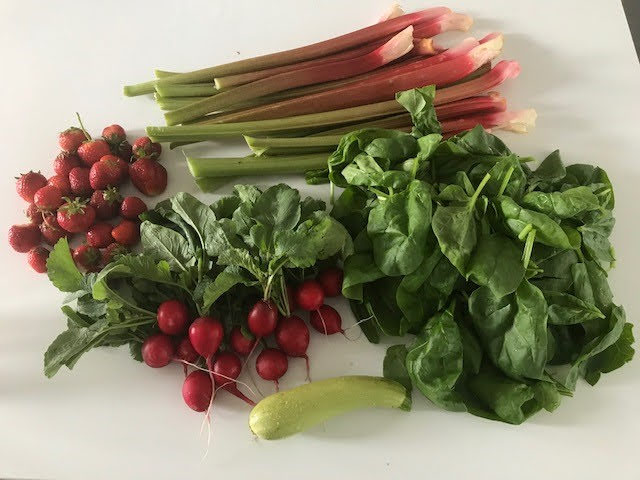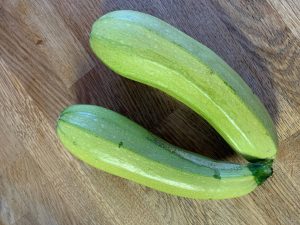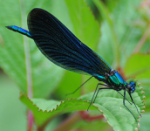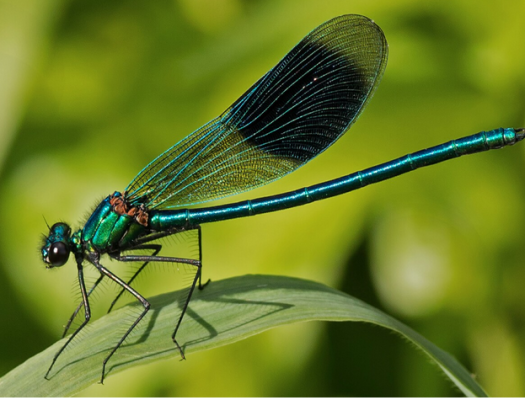Our allotment sites have been home to greater numbers of Red Admiral butterflies this year. Such a welcome sight and a little good news. Peacock butterflies didn’t do quite so well, however, and numbers of the Small Tortoishell and Green-veined white slumped. If you’re interested in the full results of the Butterfly Count this year check them out here.
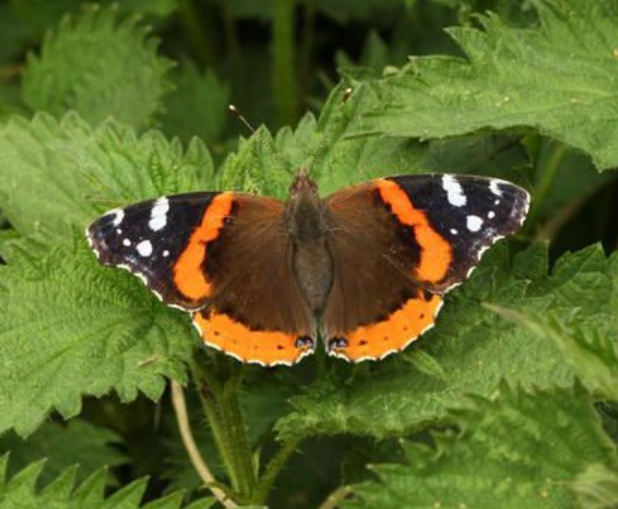
The other insect species having a startlingly good year in Roehampton is a small brown grasshopper – seen in hundreds by those mowing the paths this summer as they scramble away from the mower. Look out for them hopping on your plot.
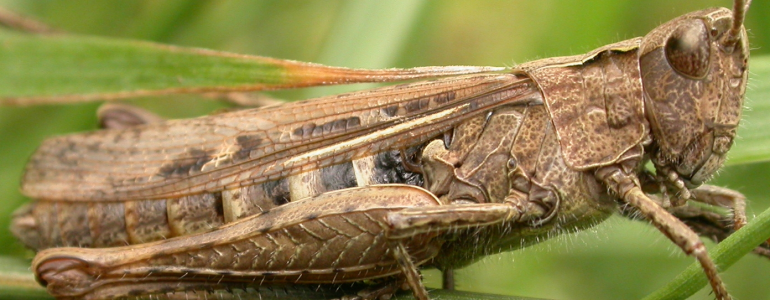
If anyone is curious about our native grasshoppers there is more to see here

